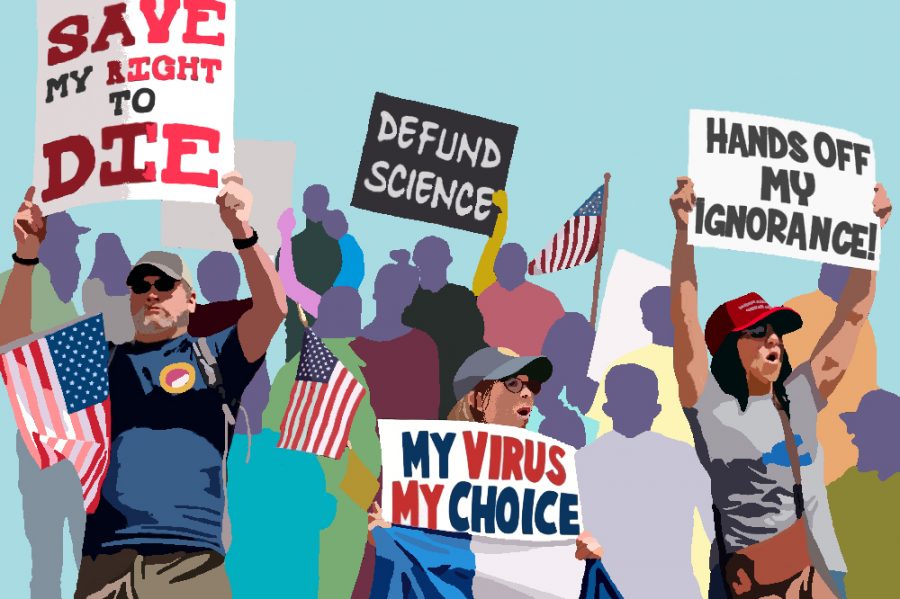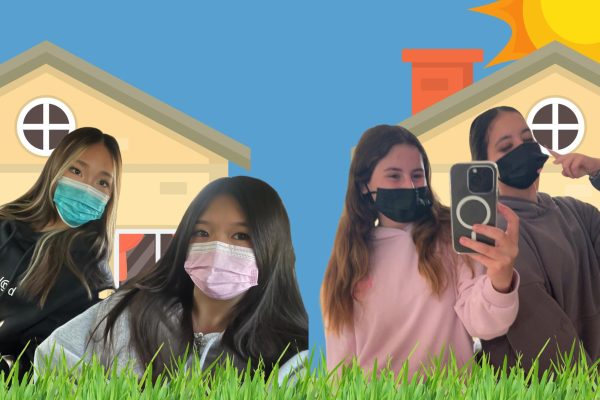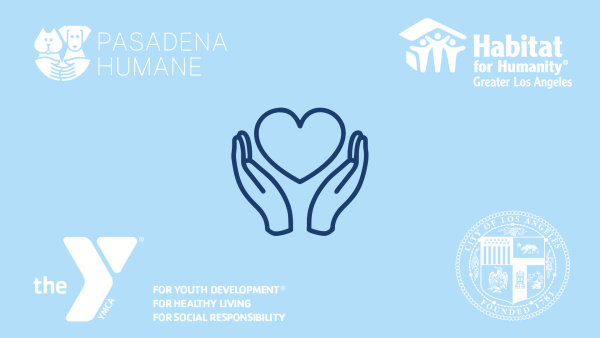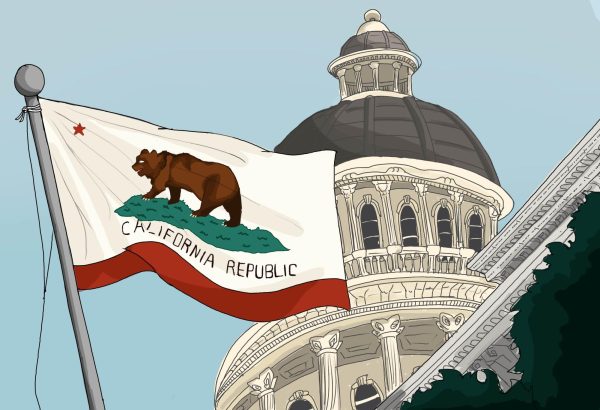Protesters Resist Mandatory Stay-at-Home Orders
Barbara Ferrer, Los Angeles’ Public Health Director, revealed on Tuesday that the county’s stay-at-home order will most likely extend through July. But many were already disregarding quarantine orders long before this announcement.
“I’ve been alarmed by the number of people in my immediate Westridge community not following stay-at-home orders,” Gracie B. ‘20 admitted. “If you have the privilege to stay home, do yourself, your community, and those who don’t have the ability to stay home a favor.”
But as summer nears and most have already been in quarantine for two months, people are worrying about how and when their work, school, and other activities will resume. Some have begun protesting the precautionary measures. In Huntington Beach on May 1, approximately 2,500 protestors gathered in defiance of warnings from public health officials to remain inside and avoid large groups. They demanded their businesses and beaches reopen, referencing their First Amendment rights.
Concerns about public safety have always clashed with principles of the First Amendment. During the Spanish Influenza pandemic of 1918, protesters formed an Anti-Mask League, crediting their ability to do so to their freedom of speech and the First Amendment, but the number of cases rose when they went about their daily activities maskless.
“The amendment does not specifically refer to freedom of movement, but I can see why some would believe that is implied by the right to free speech or freedom to assemble,” Upper School history teacher Willa Greenstone explained. “However, even freedom of speech itself, a clear right guaranteed by the Constitution, has limits when it concerns public safety.”
She continued, “I also believe that being part of society does sometimes include giving up individual rights for the sake of the larger group.”
Nicki K. ’20 also questions these protests and their impact in our communities. “I think it’s ridiculous,” she declared. “We are all learning to adapt to the challenges staying at home presents…but people going out protesting don’t recognize their privilege. [This] just goes to show how the elderly and disabled are viewed as disposable in this country.”
COVID-19 is certainly unveiling many disparities in our healthcare system, economy, and society. Nicki is one of many who feels these protests are also exposing white privilege and revealing just how racialized and politicized this pandemic has become.
The crowds at these protests are overwhelmingly white. Many can be seen wearing Make America Great Again hats while waving Trump 2020 flags. In California, the protests with the largest turnout and coverage have taken place in affluent communities.
Meanwhile, it is poor people and people of color who are disproportionately infected and dying. A recent study by New York City Comptroller Scott Stringer also found that 75% of frontline workers are people of color, including 82% of cleaning service workers and over 40% of transit employees.
The protests undermine the health and safety of the demonstrators themselves, who choose to disregard the mask and the recommended six feet distance. But essential workers do not have the luxury of staying home or social distancing in the first place. These individuals are put at greater risk because of the rallies.
As protestors gathered in Huntington Beach, essential workers from companies like Amazon and Target were also striking in cities across the country, calling for better pay and safer working conditions during the pandemic.
Yet some continue to hail protesters of the stay-at-home order as heroes and preservers of our Constitutional rights. In a statement to The Washington Post, President Trump’s economic advisor Stephen Moore referred to these demonstrators as “modern-day Rosa Parks.”
“I think the people who protest against quarantine have no idea what oppression is really like,” commented Julia S. ‘21.
“I find the comparison between a woman who fought for the rights of a minority group that had a history of being enslaved in this country, had then been segregated and in many cases denied their right to vote or share in the general rights and liberties of this country to the idea that we all, equally are being asked to self-quarantine for our own protection, nothing short of offensive,” Greenstone expressed.
But many view quarantine and self-isolation as a threat to their economic stability. Christine B. ‘20 addressed this perspective. “If protests are occurring throughout the country by people who are demanding that they go back to work and provide for their families while following reasonable distancing measures, then those protests are valid and justified,” she articulated.
“I understand the anxiety of watching an economy slowly fall into the abyss. It is a tough situation and the states have to find a way to transition back into ‘ordinary’ life, whatever that looks like,” Upper School history teacher Bill Harrison shared.
Even as Los Angeles settles in for a longer period of social distancing, some states have begun transitioning back to normalcy. On May 15, Wisconsin’s Supreme Court overturned Governor Tony Evers’ stay-at-home order over concerns about the state’s economy and workforce. Although businesses can reopen immediately, many question this decision, especially considering that the number of positive tests continues to increase and Wisconsin does not currently have enough resources for comprehensive coronavirus testing.
For Upper School music teacher Paul Stephenson, these protestors do not deserve access to the limited medical resources available. “If you choose to disregard the basic rules to keep yourself and others safe, then why should society be forced to help you when you fall sick due to your choice? Especially now, when our medical facilities are stretched and more urgently our medical personnel are being threatened with death,” he voiced.

Caroline enters her 4th year in Spyglass as a senior editor. In her free time, she enjoys getting outside and snowboarding or surfing, hiking and painting.

















![Dr. Zanita Kelly, Director of Lower and Middle School, pictured above, and the rest of Westridge Administration were instrumental to providing Westridge faculty and staff the support they needed after the Eaton fire. "[Teachers] are part of the community," said Dr. Kelly. "Just like our families and students."](https://westridgespyglass.org/wp-content/uploads/2025/03/dr.-kellyyy-1-e1748143600809.png)

















































Claire Coffman • May 15, 2020 at 11:57 pm
wow this is so good ♀️✨Thats it it’s just good♀️